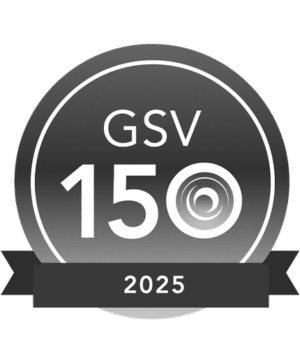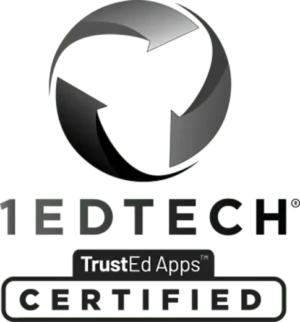

Podcast: Play in new window | Download (Duration: 37:12 — 31.1MB) | Embed
Subscribe: Apple Podcasts | Google Podcasts | Email | RSS | More
What is Inquiry-Based Learning?
In Episode 181 we talk with Inquiry-Based Learning (IBL) expert Trevor MacKenzie. MacKenzie has authored two books on the topic.

For MacKenzie, IBL is all about getting the students to have a more active roll in the class and exploring students questions and curiosities as entry points into the curriculum.
“Sometimes that teacher is in the front of the room and leading the way so to speak,” says MacKenzie. “Sometimes that teacher is that guide along the ride. Someone who facilitating and supporting learnings.”
Makenzie, who trains educators around the globe on how to implement IBL says they’re trying to do is give the classroom experience over to the students. He says students should be able to take ownership of what they’re learning.
Where does an educator begin?
Makenzie pushes for a gradual release of responsibility from the teacher to the student.
“I always start my unit design with a big overarching ‘Un-Googleable’ question and I make that question front and center in my classroom,” says MacKenzie.
He’s even built an info graphic where he models IBL like a swim coach teaching someone to swim. He even hangs the picture in the classroom for his students to see and he encourages teachers to download and print the picture for their own classrooms.

MacKenzie is also really big on provocation. He shows students a lot of videos tied to their curriculum to spark interest and curiosity, but he’s ultimately determining wha questions his students have around the curriculum.
Want to learn more?
Mackenzie has authored two books on the topic. He says if you teach middle school or high school “Dive into Inquiry” is for you. If you teach younger students you may want to read “Inquiry Mindset.”
To hear our full conversation about Inquiry-Based Learning with Trevor MacKenzie, listen to Episode 182 on your favorite podcasting app or iTunes.
Stay Connected
News, articles, and tips for meeting your district’s goals—delivered to your inbox.


























